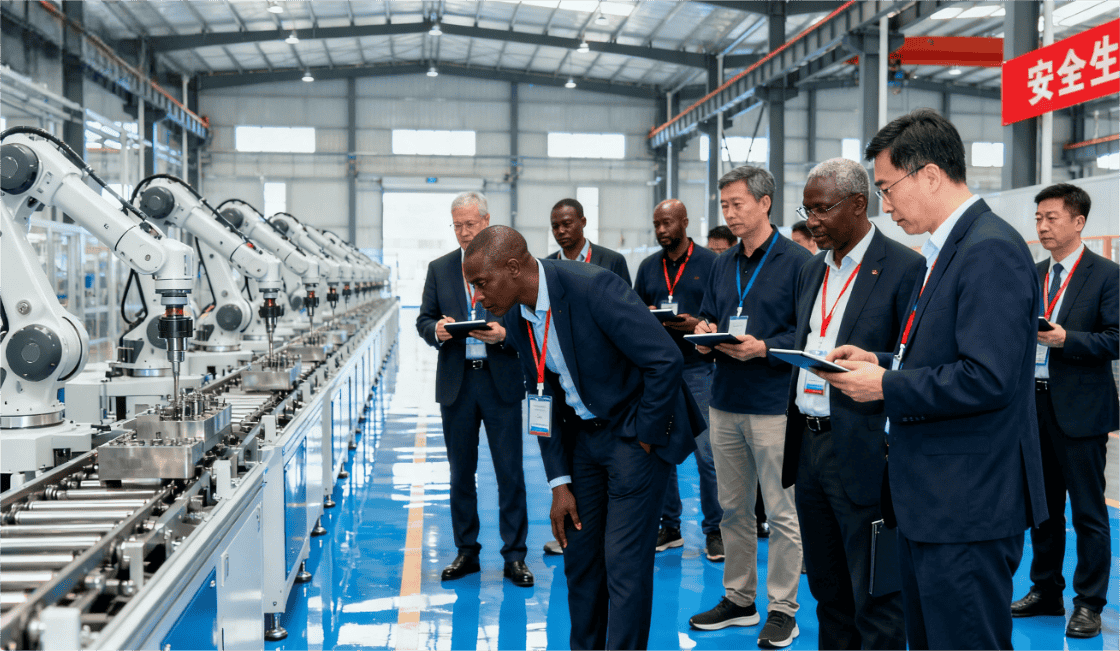Ambition is a universal currency of the human spirit, but the ways we pursue it are deeply shaped by our cultures. In many Chinese narratives, ambition is not just an individual’s dream; it’s a powerful force linked to familial duty and intense societal competition. Concepts like the gaokao (the national college entrance examination) and neijuan (involution, a life of being overworked, stressed and feeling trapped, a lifestyle where many face the negative effects of living a very competitive life for nothing.) are the crucibles in which this ambition is forged. For Western audiences, who may be unfamiliar with these specific societal pressures, a direct retelling can feel distant. The challenge for creators lies in translating these culturally specific drivers into emotional stakes that are universally understood. The goal is to shift the narrative from a story about a unique social system to a personal journey about sacrifice, self-identity, and the relentless pursuit of one's place in the world.
One of the most powerful tools in this translation is finding a universal anchor for the high-stakes pressure of the gaokao. In China, this single, three-day examination is often portrayed as the sole determinant of a person’s future, a do-or-die moment that has been the focus of countless films, TV shows, and novels. Many Chinese media call it "Thousands upon thousands of troops crossing a single-log bridge." A Western audience, which may not have a single equivalent test, can still grasp the emotional weight of this event by connecting it to their own high-stakes experiences. This could be a standardized test like the SAT or GRE, a grueling final exam, or even a competitive, make-or-break interview for a dream job. The specific event is less important than the emotional core it evokes: the all-consuming preparation, the immense anxiety, the feeling that a lifetime of work culminates in a single, unrepeatable moment. By focusing on the protagonist's personal sacrifices—the missed social events, the strained relationships, the physical toll—the narrative shifts from a story about a specific examination to a universal tale of pressure, sacrifice, and the search for personal worth in a competitive environment. This approach allows the audience to project their own fears and hopes onto the protagonist, creating immediate and powerful empathy.
Similarly, the psychological and societal phenomenon of neijuan requires careful adaptation. Often translated as "involution," this term describes a state of internal, self-perpetuating competition where people put in more and more effort for increasingly diminishin g returns. It's the feeling of running faster just to stay in the same place. While the term itself is deeply rooted in contemporary Chinese discourse, the feeling it describes is remarkably resonant with Western audiences familiar with "hustle culture" and the "rat race." An adapted narrative can effectively convey neijuan not through sociological explanation, but through a character’s personal journey. We can show a protagonist who is constantly striving for marginal improvements—studying an extra hour, taking on an extra project, sacrificing sleep—only to find that their peers are doing the exact same thing, and the goal for success are constantly being moved. This struggle can be framed as an internal conflict: the desire to "opt out" of this exhausting cycle versus the fear of being left behind. By focusing on the mental and emotional toll of this relentless competition, the story moves beyond a specific social theory to a deeply personal exploration of burnout, self-worth, and the search for a more meaningful path, all of which are widely understood modern anxieties.
Perhaps the most crucial aspect of this translation process is the handling of familial and societal pressure, which serves as a powerful motivator in many Chinese narratives. In these stories, a child’s academic or professional success is often seen not just as a personal achievement, but as a source of family honor, a form of filial piety, and a return on the immense sacrifices made by parents. For a Western audience, this collectivistic dynamic might be less familiar than a more individualistic pursuit. Therefore, the narrative must translate this cultural duty into a relatable emotional conflict.
Instead of presenting the protagonist as an embodiment of his parents’ will, the story can explore the intense desire for their approval and the complex, often unspoken, burden of repaying a family’s debt of gratitude. This is a universally understood struggle. The narrative can also highlight the protagonist’s internal conflict between their own dreams and the path their family has laid out for them, turning a cultural expectation into a timeless clash between generational values and individual identity.
Finally, the most successful adaptations of these narratives for a Western audience are those that center the protagonist’s personal journey of self-discovery. Rather than a story purely driven by external pressures, it becomes a character-driven drama about finding one’s place in the world. Gaokao becomes more of a crucible for personal growth, a test of character and resilience than just a test of knowledge. The phenomenon of neijuan becomes the backdrop for a hero’s journey to define their own meaning of success, to find a sense of fulfillment that goes beyond the confines of societal expectations.
This shift in focus allows the narrative to tap into the powerful, universal themes of defining one’s own identity, breaking through moral compromises, and finding a voice in a world that is constantly telling you who to be. By translating cultural specifics into universal human struggles, these stories not only bridge cultural gaps but also create narratives that are both authentic to their origins and profoundly relevant to a global audience.











